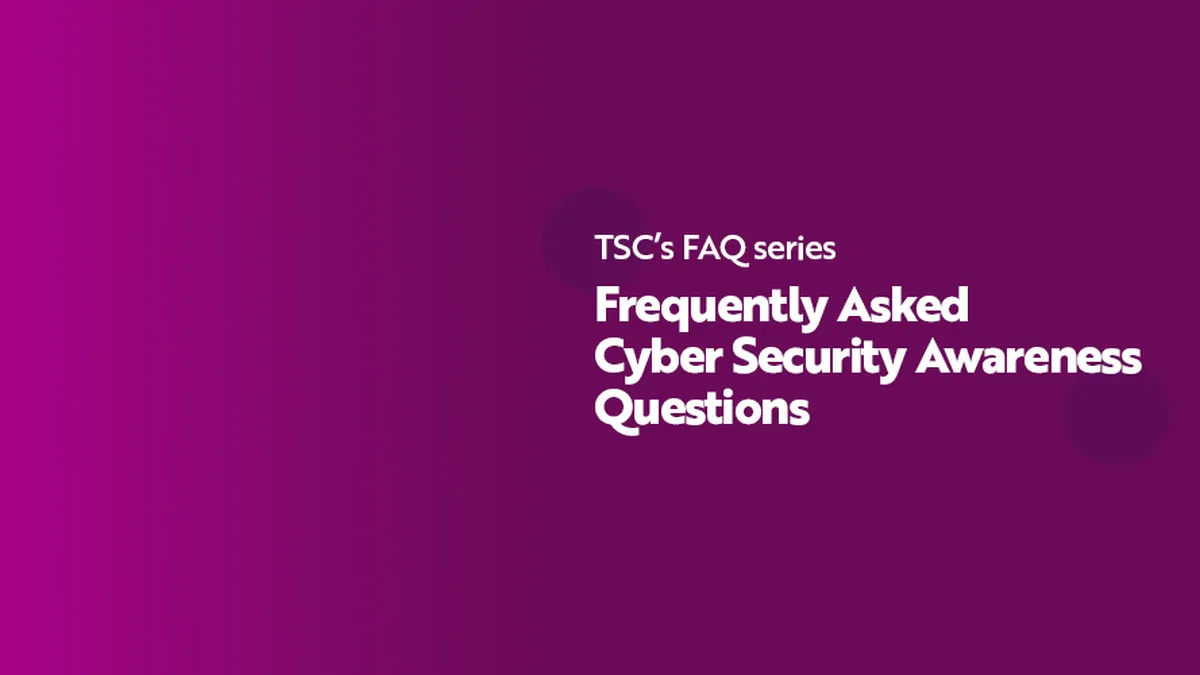
- Ransomware
- 8 min read

Identity theft cyber-attacks pose significant risks to both individuals and organisations. With the help of new attack vectors that utilise emerging technology, cybercriminals are becoming increasingly sophisticated in their methods.
As a result, it is essential for employees to be equipped with the knowledge and tools to safeguard their personal and professional information. At TSC, we encourage organisations to take a proactive approach to creating and staying vigilant, so that employees can minimise the risk of falling victim to identity theft.
Collaborating with a trusted cyber security awareness and training provider can significantly enhance an organisation's defences against identity theft. Through targeted training programs, employees can develop the knowledge and skills necessary to identify and mitigate identity theft risks effectively. By fostering a culture of security awareness, organisations can empower employees to safeguard their personal and professional information, ultimately reducing the likelihood of falling victim to identity theft.
TSC’s immense library of material relating to identity theft risks and threats is ready to be deployed in organisations in a variety of languages. Furthermore, if an organisation wanted more personalised, customised, and bespoke solutions, if you are struggling to find the show that fits, we will work one-to-one with you on content, design, and purpose to meet your vision and requirements.



© The Security Company (International) Limited 2025
Office One, 1 Coldbath Square, London, EC1R 5HL, UK
Company registration No: 3703393
VAT No: 385 8337 51


